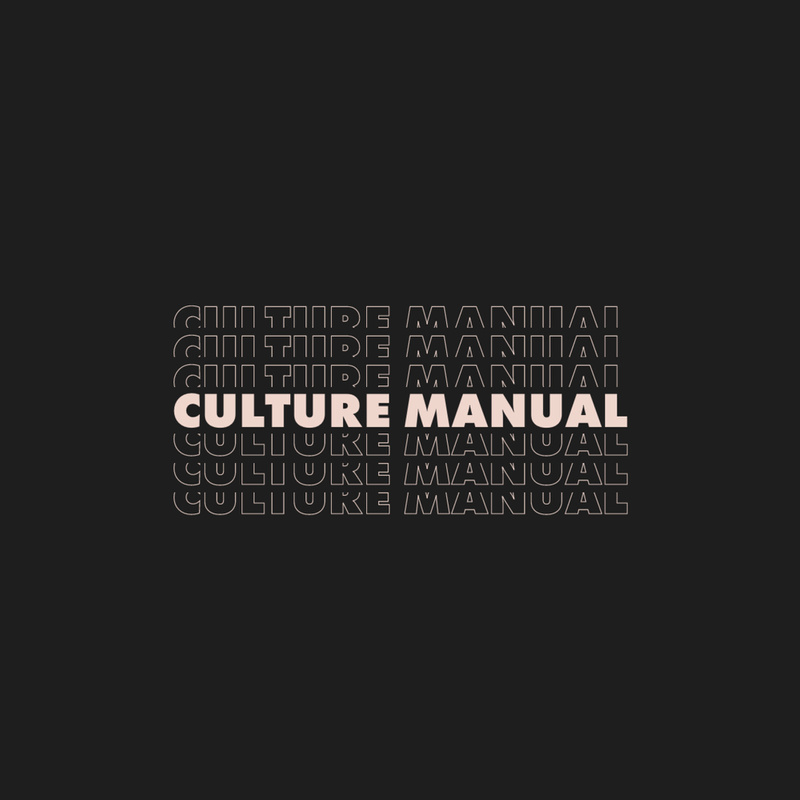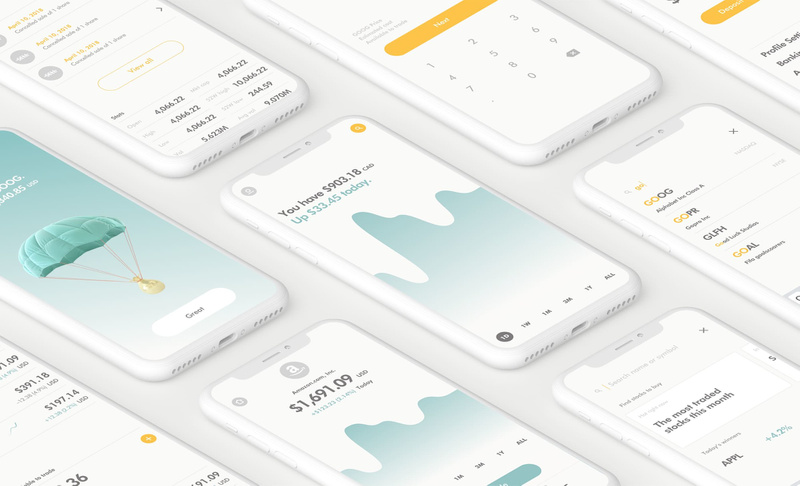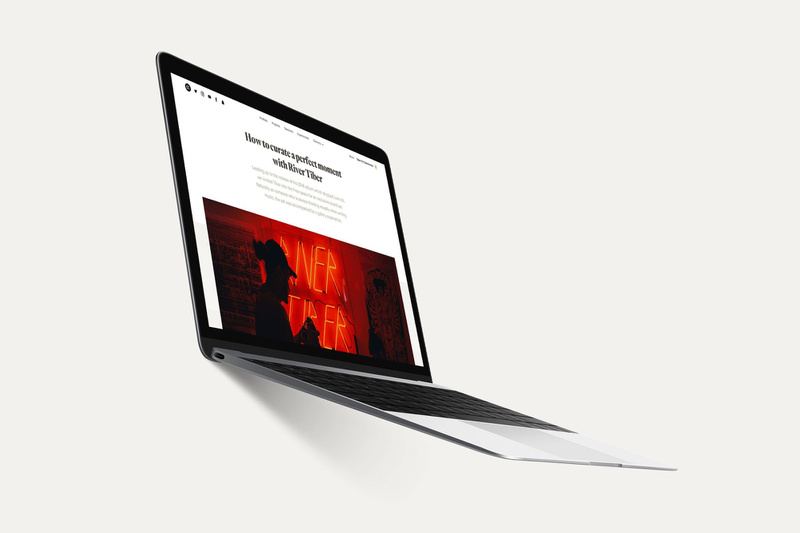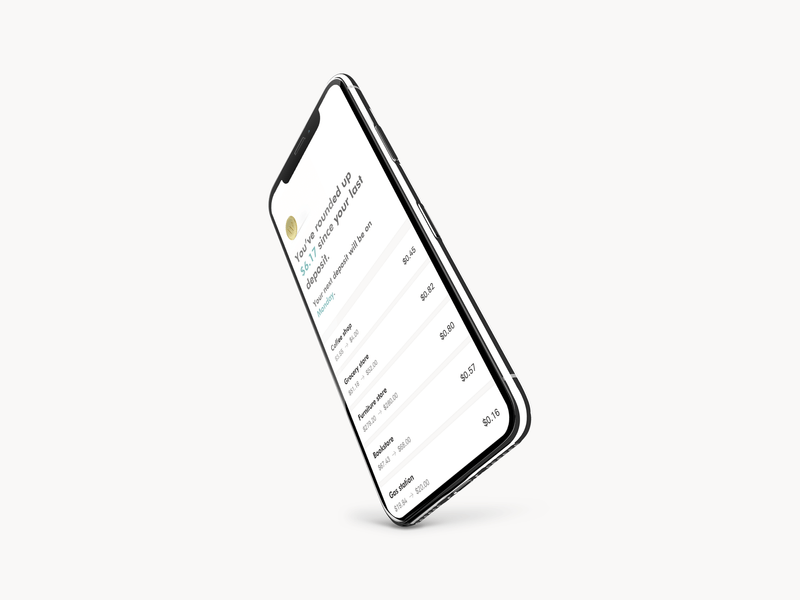As somebody who’s practice largely exists within corporate environments, how do you reconcile a personal style or motifs throughout your work?
Jeff Shin is a product designer based in Toronto. Currently, he's a senior product designer at Wealthsimple, making investing simple and accessible. Previously, he led product and design at Free, the creator studio behind The Creator Class, and before that, he was a product design lead at 500px, a global photography platform. He has taught design at schools like RED Academy and Brainstation, and often speaks about design at various conferences, events, and workshops.
At the highest level, it's important to join a company whose design philosophy is in harmony with yours. That way, you can do creative work and most of the time have it be good for the brand and the product.
Pragmatically, it's about striking a balance on a daily basis between working within the guardrails of your design system versus pushing new ideas forward to the team, and having the self-awareness to detach your ego from your work.
Where do you see yourself in 3/4 years? Do you have any short term or long term goals?
For now, I want to keep pushing forward great design in financial services at Wealthsimple. It's a terribly underserved industry when it comes to design despite its importance in everyone's lives, and I think we're doing a pretty good job in raising the bar.
In the long term, I'd like to build my own company. Having worked in startups for a while now has shown me how much impact you can have when you tackle important societal problems with design and technology. And there's definitely no shortage of important problems to solve.
You're a great example of drop-out success story. Can you describe your life during the time of the decision and how that’s led to where you are currently?
I always liked making stuff. Music, photos, movies, posters, websites, etc. Creating something out of nothing and being able to put them out into the world via the internet was really empowering, especially as a kid who grew up in a small city. When it came time for university, I only had one goal: get better at making stuff, so that I can make even cooler stuff. My real passion was design, but I never thought anyone could have a successful career in it, so I enrolled in computer science since I also had an interest in technology.
Within the first few weeks of university, I knew I was in the wrong place. I attended a few lectures, read through the syllabi, and I realized it wouldn't make me better at making stuff by the end of the year. I don't mean to discredit the value of a great computer science education, but it was all too theoretical for me. So I began skipping all my classes, and spent all of my time on becoming a better maker.
At some point, I learned about user experience design as a career. It was like a eureka moment for me - user experience designers are in a sense a hybrid of art and science, and they were working on really interesting problems. From that point, I wanted nothing else than to become a user experience designer. I spent nights and weekends reading articles, listening to talks, researching best practices, and I started doing freelance design work for friends, student clubs, and startups that were a part of the university incubator.
At the end of my first year, I had a half decent design portfolio, and a 1.6 GPA. I wanted to join a company as a designer, but quickly realized that most companies don't offer design internships, especially product design internships. Not having any formal design education didn't help either. Knowing I had to creatively get my foot in the door as a designer, I applied for a marketing internship at a small startup with high growth. During my interview, I explained that while I can definitely help in marketing, what I was really good at was design. They ended up bringing me on, and within my first week, I sought out all the design work available, and was able convince the founder to change my role to a design intern.
A lot of people seem to think that my decision to drop out was this intense singular moment that took a lot of pondering and risktaking, but it really wasn't. As soon as I had a design internship under my name, it was pretty straightforward. I worked hard, kept learning on nights and weekends, reached out to designers I admired for advice, and at the end of my internship, the company offered me a full time role as a product designer. Accepting it and dropping out of school was a no brainer - why pay to study something you're not interested in, when you can get paid to do what you love?
Since then, my career just took off. I've been fortunate to have a career that's high in demand, so I've been able to work on really interesting products with incredibly smart people over the last 5 years. But deep down, I'm still the same kid that dropped out of school to pursue design - I just love making stuff and putting them out into the world.
Straying from convention and forging your own career path can be daunting and rewarding at the same time. If you could pass down some lessons to a younger version of yourself to make his life easier, what would you say?
Don't rush into adulthood.
I think as kids, we all glorify adulthood in some way, whether that's wanting to have a great career, or wanting financial independence. This was especially true for me, as I was 19 when I started working with people much older than me. I felt like I needed act like a grown up in order to be taken seriously, so I kind of forced myself to grow up. I started seeing my university friends less, and instead devoted all my time to work.
Then it started to take a toll on me a few years later. I burned out pretty hard, was unsure about who I was, and felt out of place everywhere I went. Things are better now, but I've come to realize that you have literally decades to be an adult, but only your early to mid 20s to be young, make mistakes, and have the time and space to figure yourself out.
The proliferation of technology has forced a lot of brands to become universal (sometimes for no good reason), so that's why we're seeing a lot of safety and sameness in their designs. But I think we may be approaching the far swing of the pendulum.
How separate do you like to keep your interests from your work?
If you're referring to my interests being design, they're not really separate, as my work took over design almost entirely in my life. When you start doing what you love for a living, your passion becomes intertwined with your livelihood. Broadly, this is a great thing, but it can take away the passion from what you love doing. Sadly, designing isn't much of a hobby for me anymore. I just don't have the energy for it on evenings and weekends since I expend most of my design energy at work. But on the bright side, it's led to a better work life balance, and it's helped me develop other interests outside of design.
A big reason why these dialogues can provide helpful context for others is the recent dissolution of career paths in the creative and cultural sectors. For example, something like marketing, which once had a leviathan-like structure of etiquette and pecking orders is now transforming into a wild-wild-west, free for all who can cross the lowering barriers to entry. How do you think this recent paradigm shift will affect the design industry?
Speaking strictly on product design, I think it will make the industry more diverse, and the work we produce more accessible, ultimately improving the lives of people who use digital products. This has already been happening, but we still have a ways to go.
From the very beginning, there have been biases in UI design. Since the first personal computers and the first graphical user interfaces originated from Silicon Valley, the earliest UI designers skewed towards a more affluent, well educated American west coast demographic. This may have been acceptable when computers were only used for highly specific tasks, but as computers become a part of our everyday lives, it means that user interfaces have inherent bias.
One of the core principles of design is empathy, but empathy can only go so far. Sometimes, you just can't empathize with everyone to a degree where you understand their background, their identity, their biases, and their view of the world. This isn't necessarily the fault of the designer - it's just that our empathy has intrinsic limits. This is why diversity of all kinds (age, gender, ethnicity, income, viewpoint, health, etc) matters in the design industry. We need diverse design teams with people from various backgrounds to create designs that are free of major blind spots, and serve everyone, not just a specific demographic.
The product design industry still has more work to do to make itself more accessible and inclusive, but we're getting there. I used to teach a user experience design program at a bootcamp in Toronto, and I remember being happily surprised that the students in my cohort all had diverse backgrounds, work experiences, education levels, and personal interests. And they were all itching to bring their unique viewpoint to designing products for everyone to use.
Inclusivity in design has been a hot topic for a minute. What are your thoughts about exclusivity in design? What is the role of accessibility within aesthetics?
Whether exclusivity is appropriate in design is really dependent on how wide you cast your net in terms of audience. Generally, the broader the net, the more inclusive it should be. For certain "vital" services in finance, health, and even social networks, inclusivity should be non-negotiable, even if it comes at the cost of aesthetics. But for designs intended for smaller segments, exclusivity is appropriate, and can even be a good thing - as long as the risks are understood.
With globalization, the ‘casted net’ is being increasingly widened. It seems like graphic imagery everywhere is gradually amalgamating into a singular style. Given this momentum, how do you see the role of human influence towards graphic design in the future?
I think almost all things move in a pendulum movement. The proliferation of technology has forced a lot of brands to become universal (sometimes for no good reason), so that's why we're seeing a lot of safety and sameness in their designs. But I think we may be approaching the far swing of the pendulum. We'll inevitably swing back, as companies realize that there's value in capturing a smaller, but more specific audience can be just as valuable if not more in many cases. Good examples of this are SSENSE and Robinhood Crypto.
What’s your daily schedule like these days?
It really changes day to day as designers at Wealthsimple own multiple projects across multiple teams at any given time. But we do have some daily rituals - we do a standup every morning to get a sense of what we're all working on, and an informal critique near the end of each day to review each others' work.
How do you spend your downtime? How much downtime do you have?
I spend my downtime like most people - see friends, enjoy food, and recharge. I'm quite happy with the amount of downtime I have these days. I wasn't good at this at the start of my career, but I feel like I have a work life balance that optimizes for long-term productivity.
Can you share a photo of your work station?
Do you listen to music while your work? If so what have you been listening to recently?
Nothing gets me more productive than a long electronic set. Too Future has great mixes from a wide range of producers that I'm usually listening to on any given day.



